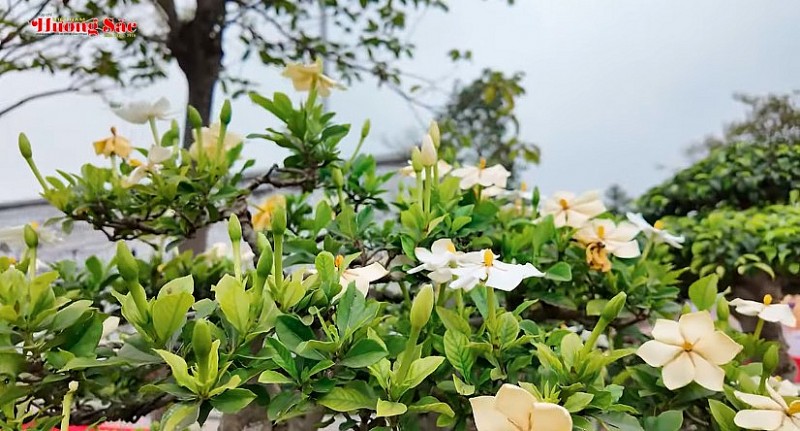Not water, but understanding makes ornamental plants flourish
In bonsai care, regular watering and providing light are basic conditions. However, for plants to grow healthily, bloom in season and maintain their long-lasting beauty, growers need to understand that water alone is not enough. Each plant species has a different growth mechanism, and comes with its own nutritional needs. Understanding these "special tastes", growers can apply some simple, easy-to-implement tips from available materials in the family, helping plants grow more comprehensively.
Succulents: Nutrients from fermented beer
Succulents are one of the most popular plants in the modern bonsai community thanks to their compact appearance, ease of care and tenacious vitality. However, for succulents to be truly "beautiful", growers need additional nutritional support, especially in urban living conditions lacking direct sunlight.
A simple tip is to use beer - a beverage rich in B vitamins and naturally fermented yeast - diluted with water in a ratio of 1:10 and then watered at the base of the tree. This mixture helps stimulate beneficial microorganisms in the soil, while promoting root growth, thereby helping the tree absorb water and minerals better. Growers should water regularly every 7-10 days, early in the morning, avoid watering when the soil is still moist or in the evening to avoid waterlogging.
Before using, let the beer evaporate alcohol for at least 3-4 hours to ensure the safety of the tree. Do not overuse or over-water because it can easily cause an imbalance in the soil environment.
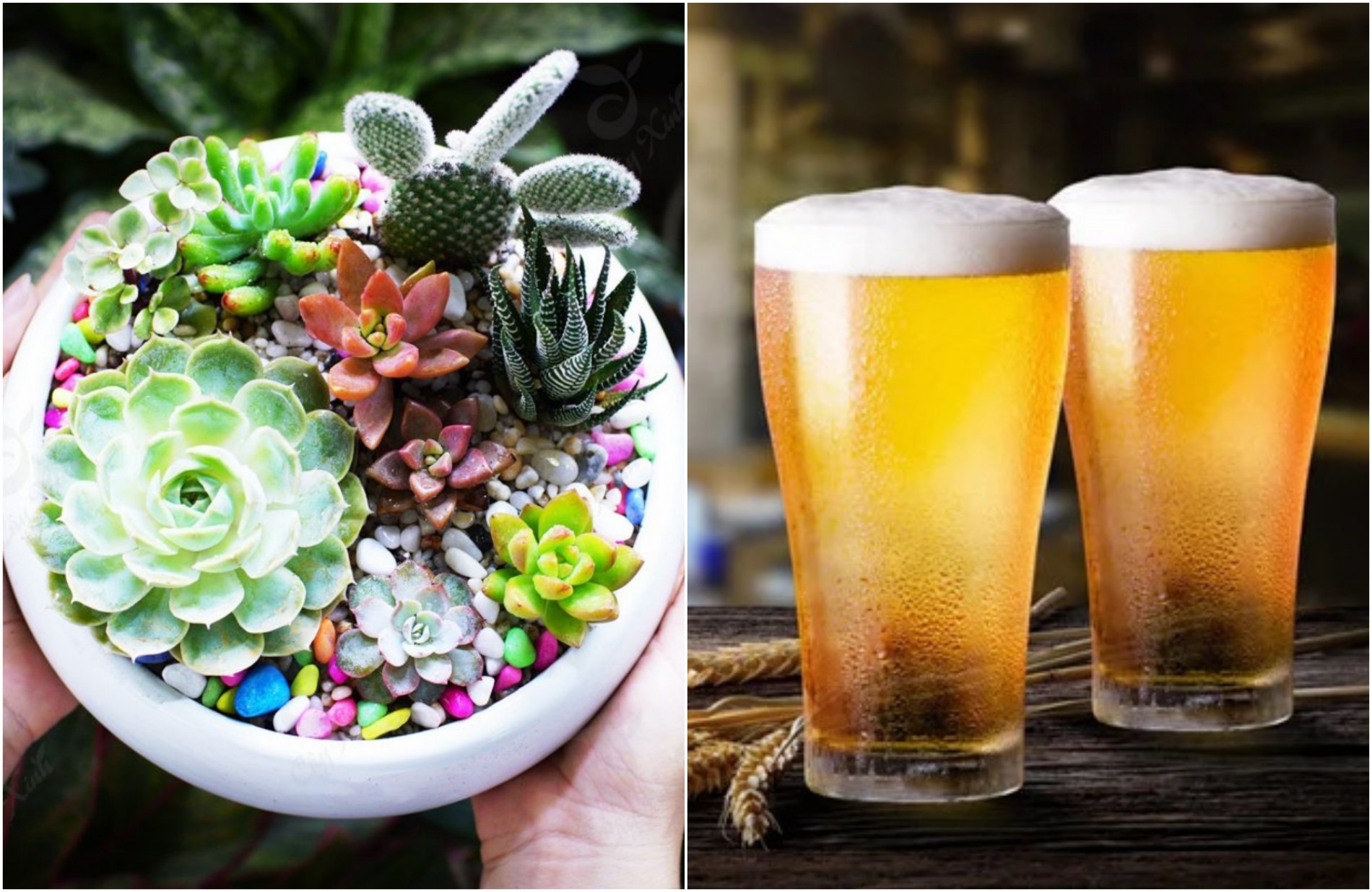 |
| Beer helps to supplement nutrients from yeast, promoting the growth of succulent roots, making leaves bigger and thicker. |
Pothos: Lush green thanks to soy water
Pothos is a popular indoor plant thanks to its ability to purify the air and thrive in a variety of light conditions. This plant can grow quickly if provided with enough vegetable protein - a component abundant in soy water.
Growers can take advantage of the remaining water after cooking beans, let it cool and dilute it with water in a 1:5 ratio to water the plant. Protein helps pothos leaves stay green and shiny, the vines grow faster and spread wider. However, if you use unfiltered soy water or water too often, it can lead to foul odors, sour soil and attract insects.
It is best to water with settled, cooled soy water once every 10 days. Combined with periodic wiping of leaves with a damp cloth to help the plant retain its shine and photosynthesize more effectively.
 |
| Vegetable protein from beans helps pothos grow leaves faster. |
Climbing bamboo shoots: Thrive with sugar water
Climbing bamboo shoots – an easy-to-grow climbing plant, often used as a green trellis for gardens or balconies – can grow quickly and cover a thick canopy if provided with a small amount of sugar. Sugar not only provides energy directly to the plant but also stimulates the activity of soil microorganisms, helping the mineral decomposition process to take place better.
The method is quite simple: mix a teaspoon of white or brown sugar into a liter of water, stir well and water the base of the plant in the morning, every 2 weeks. Do not water too often or use concentrated sugar, because it can cause waterlogging or make the soil a favorable environment for fungi and insects to grow.
Combined with regular pruning of the vines, the climbing bamboo shoots will not only be green but also maintain a neat, more aesthetic shape.
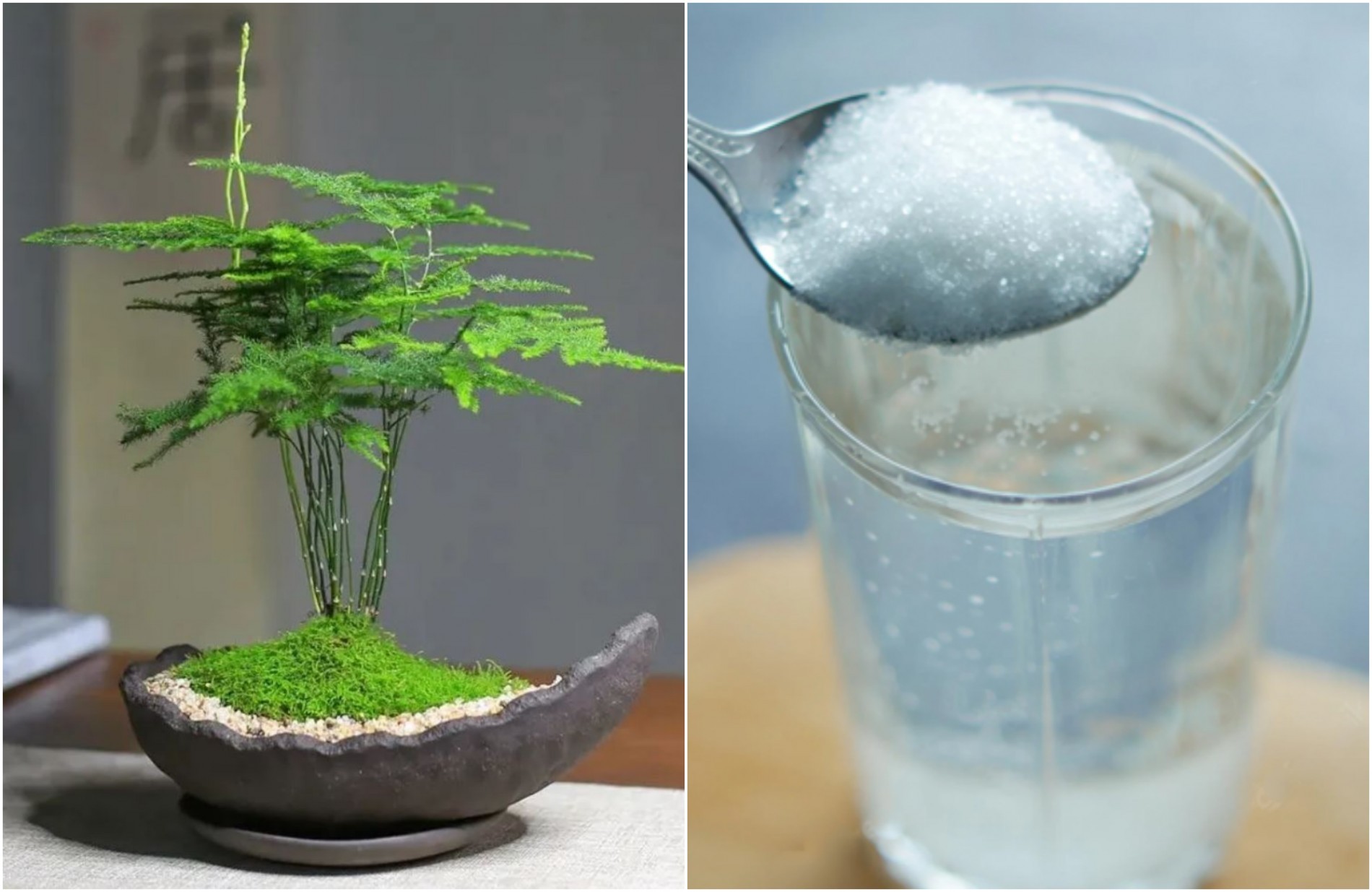 |
| A teaspoon of white or brown sugar mixed in a liter of water, watered early in the morning, will help plants absorb more energy for photosynthesis. |
Orchids: Blooming with onion water
Orchids are plants with high aesthetic value but are difficult to care for. Especially during the flowering stage, the plant needs to be supplemented with nutrients and increased resistance to fight fungi and pests.
A natural method that many orchid growers are applying is using onion water. Onions contain sulfur compounds and natural antibiotics that help increase plant resistance and stimulate the formation of young roots and flower buds.
Growers can slice a few onions, soak them in clean water for 6-8 hours, then use this water to water the base or spray lightly on the stem and roots, avoiding watering the buds. Do this regularly every 10-14 days, the plant will begin to sprout flower buds after about 6-8 weeks if the light and temperature conditions are suitable.
Be careful not to soak the onions for too long, do not use water that is too concentrated and do not spray when the sun is hot to avoid causing heat shock to the plant.
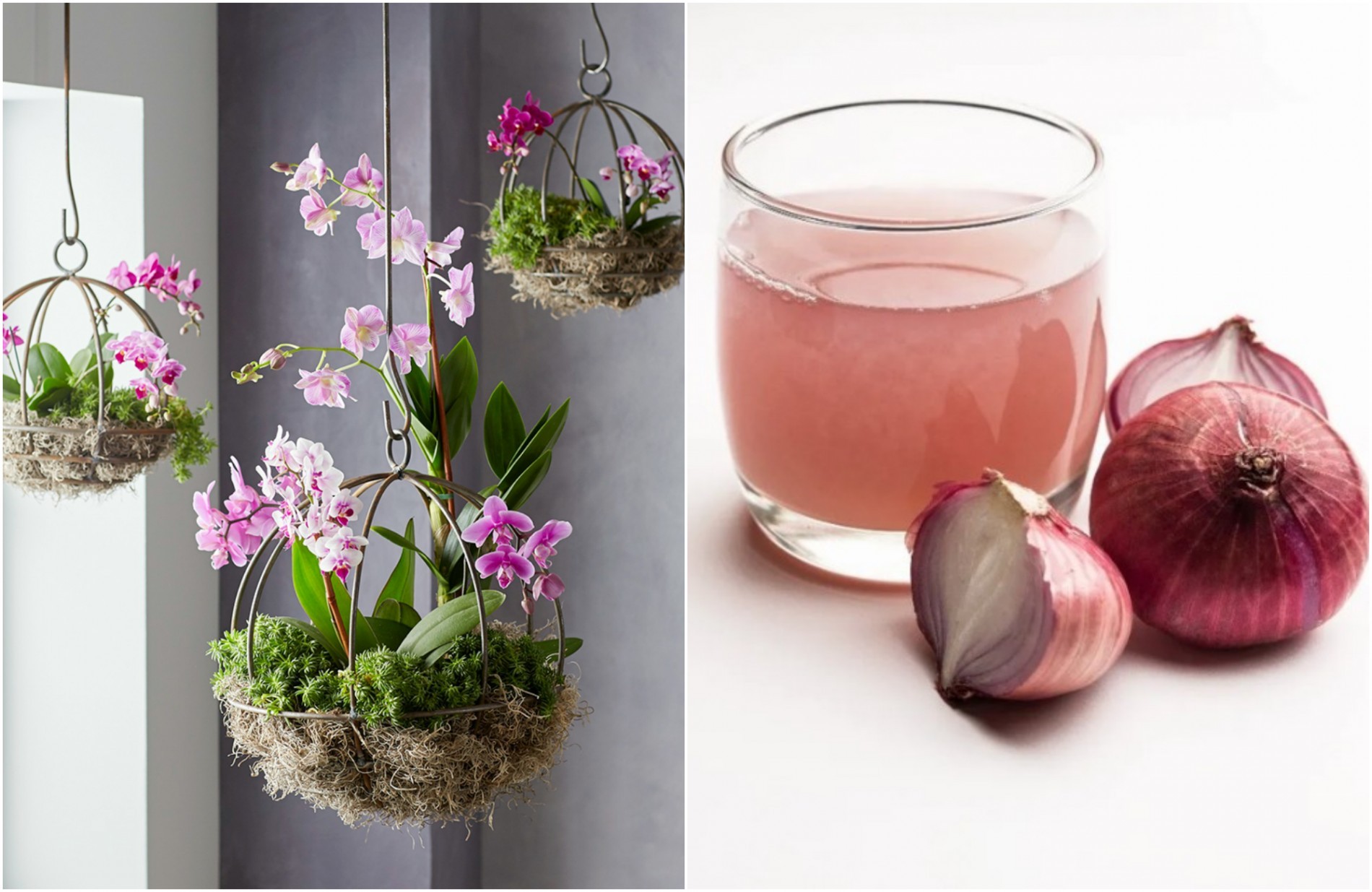 |
| Natural antibiotics in onions help increase resistance and stimulate strong growth of young roots. |
Snake Plant: Minerals from Sea Salt
Snake plants are one of the easiest plants to grow, are drought-tolerant, and are often grown indoors or in offices to filter the air and enhance their aesthetic appeal. However, if you want the plant to grow thick, upright, and have an even canopy, you can add a small amount of sea salt to the watering water.
Sea salt contains trace minerals such as sodium, magnesium, calcium, etc., which help strengthen the stems and leaves and stimulate new shoots. Mix about half a teaspoon of sea salt (coarse, iodine-free, or additives-free) into a liter of water and water the base of the plant every 1–2 months. Do not water directly on the leaves and do not water when the soil is still moist to avoid the risk of salt accumulation that can damage the roots.
Combining salt watering with indirect natural light and dry, airy air will help the snake plant maintain its strength and characteristic glossy green appearance.
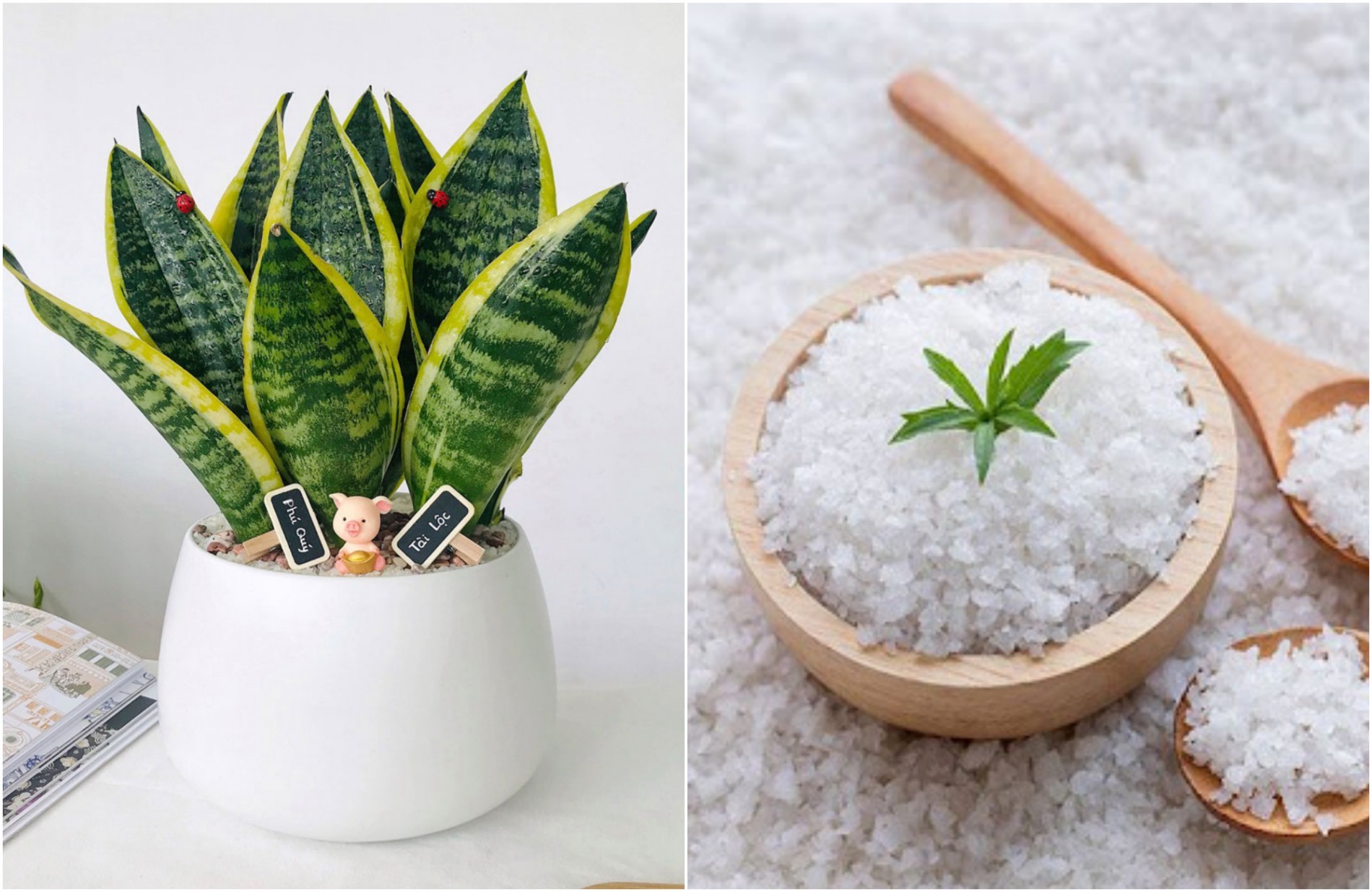 |
| Salt provides trace minerals, but dosage should be limited to avoid harming plants. |
Caring for plants is a process that requires observation and patience. There is no general formula for all types of plants, but the above tips can be flexibly applied to each situation and growing condition. Instead of just watering and waiting, growers should carefully study the biological characteristics of each species, from there choose the appropriate care method so that the plants not only live - but also live healthy, beautiful and sustainable in your living space.
Other News

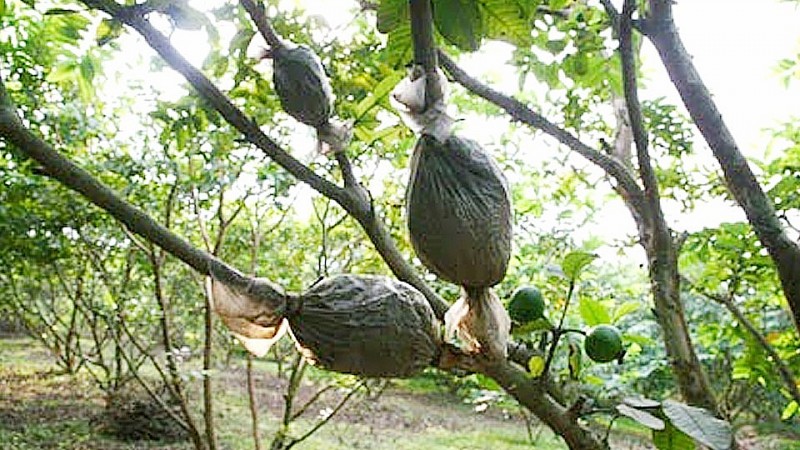
Air layering plants: An effective propagation method with great economic potential
Read more
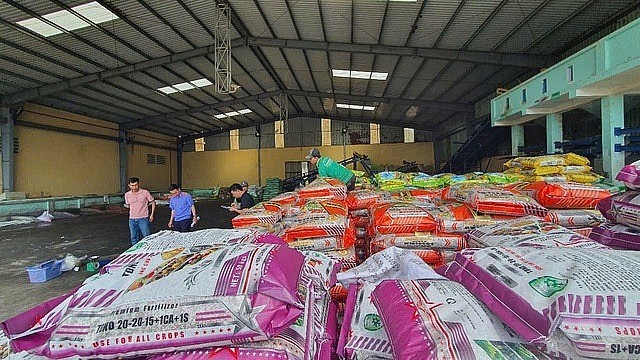
From fake fertilizers to green transformation: Opportunities in challenges

White Camellia: Nature-Healing Ornamental Treasure
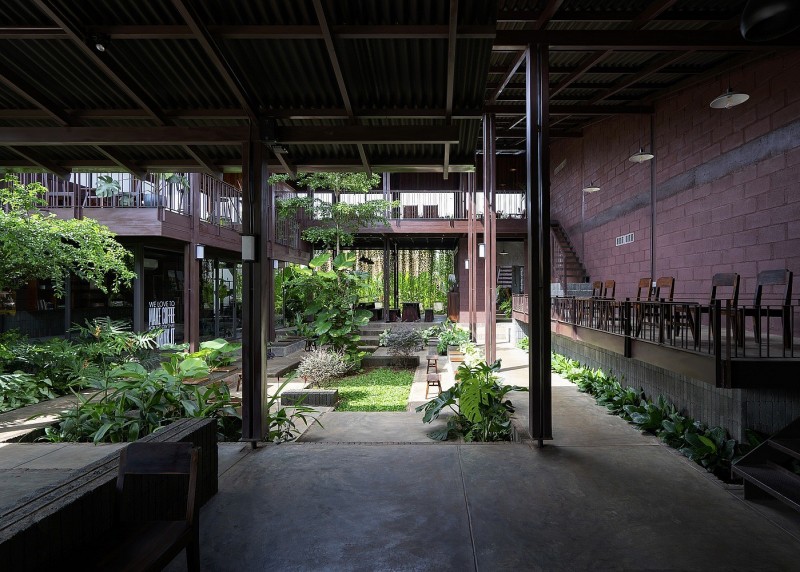
Coffee commune: A Green architectural space for community memory

Accompanying sustainable agriculture: Perspective from Agribank and opportunities for developing Vietnam's Ornamental Plants industry
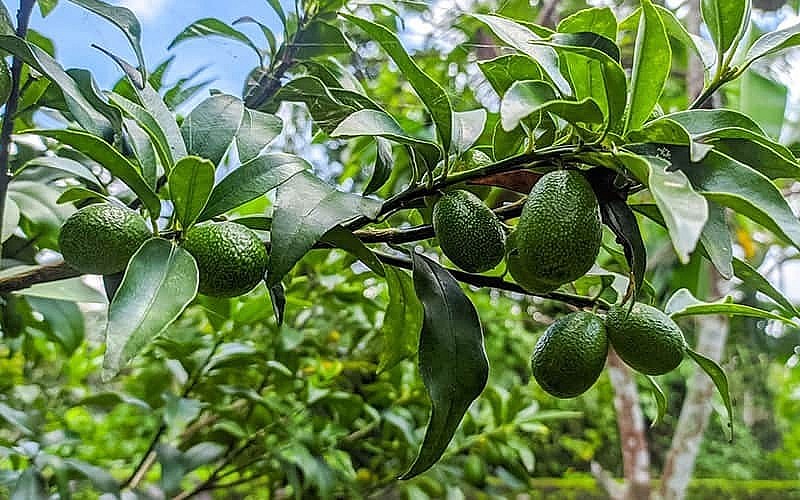
A superfruit widely grown in Vietnam, securing farmers stable income

STP Group: Nguyen Thi Hai Binh - The pioneer woman bringing the ocean into the circular economy and the journey of "connecting values - connecting the community"
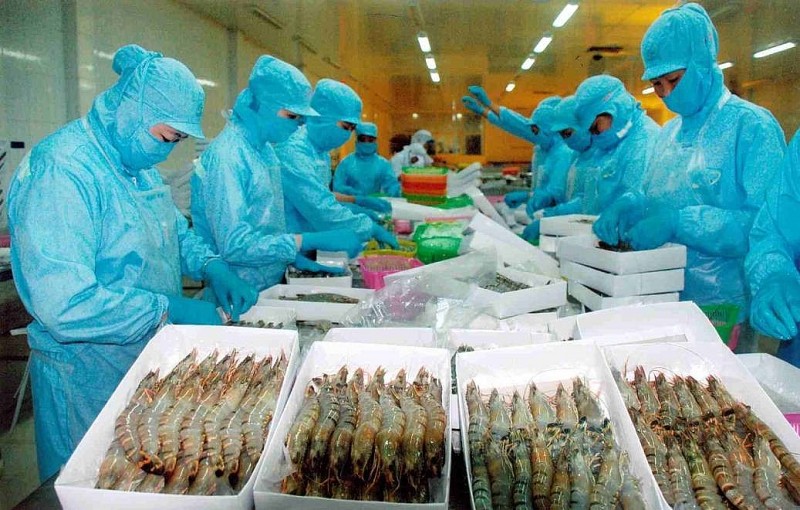
US imposes 46% reciprocal tax on Vietnamese goods: Risks and solutions for agricultural exports
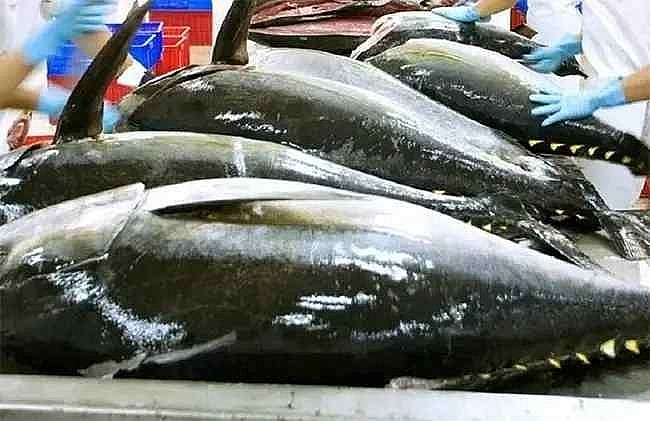
After durian, Vietnamese tuna emerges as a strong competitor to Thailand in global market

Vietnam named one of Asia’s top wildlife watching destinations
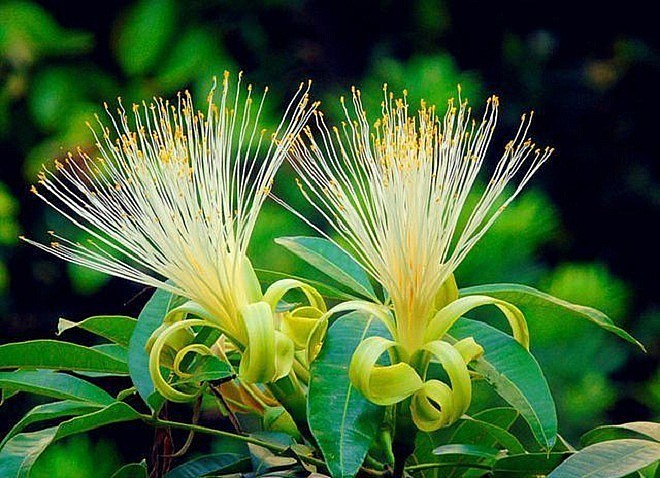
Blooming money tree - A rare omen of wealth and prosperity

Bún Flowers: Hanoi’s hidden floral delight
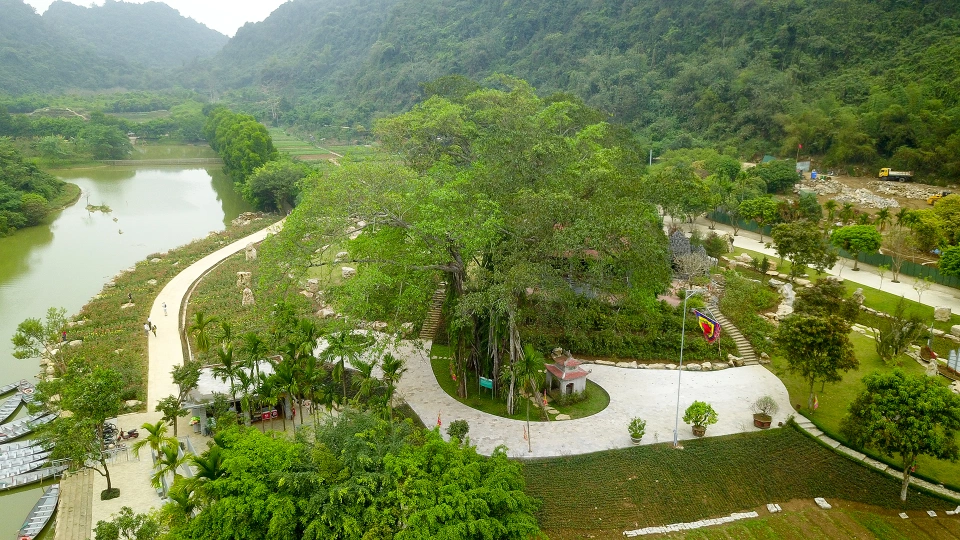
The thousand-year-old "moving" banyan tree in Ninh Binh, each step takes a century

Hat Mon Temple – Historical Mark of Hai Ba Trung
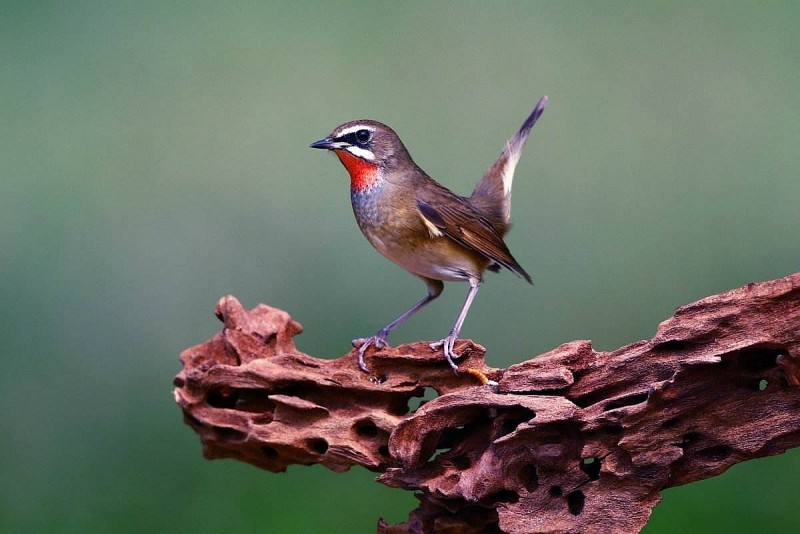
Discovering 4 bird species that have captivated the Chinese for centuries

Vietnamese women and magnolia blooming seasons in Europe

Planting native species: A global trend for greener homes and bird-friendly spaces

56-year-old man living alone in the forest for 27 years with birds
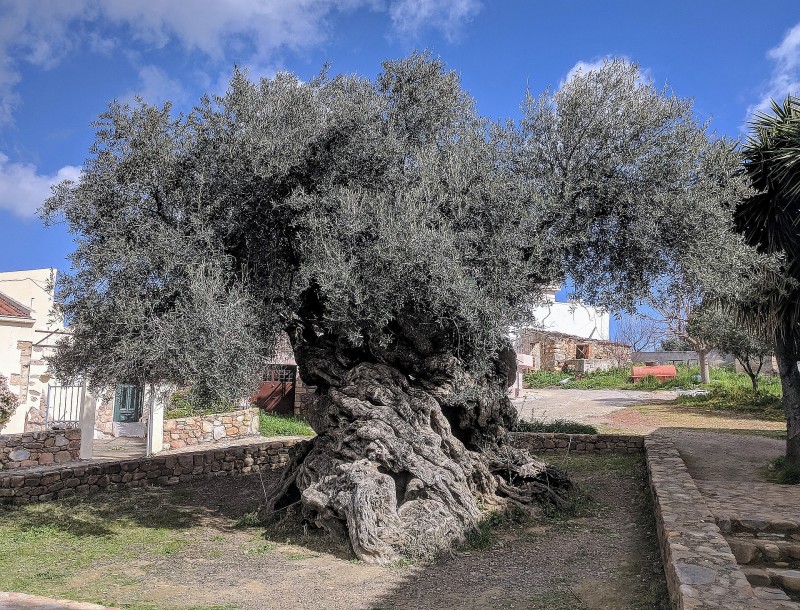
Gazing at a 5,000-year-old olive tree in Greece

Phong Nha - Ke Bang National Park: Revival of 7 rare Indochinese tigers
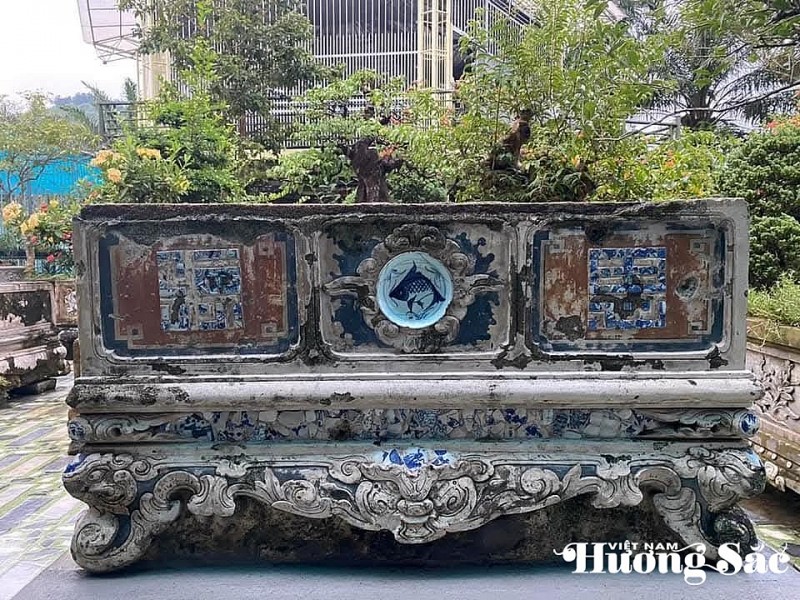
The 9X artist turns water hyacinth into living art
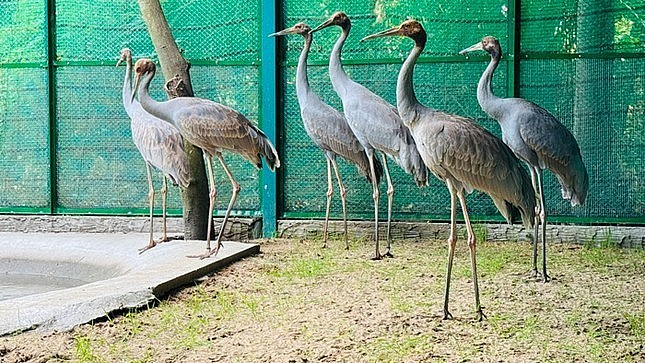
6 Sarus Cranes complete quarantine, set to return to Tram Chim National Park

Hong Loan Mai – The graceful charm of a bonsai beauty
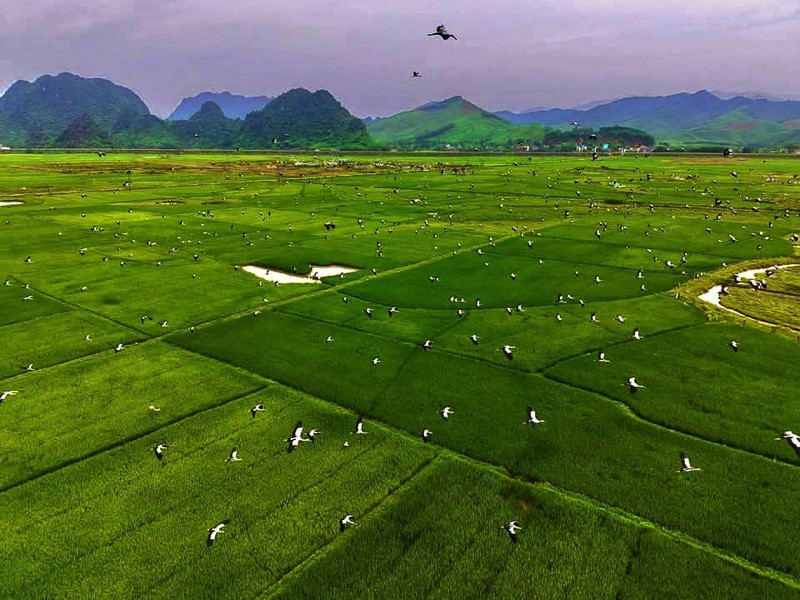
Endangered stork species making surprise appearance in Phong Nha - Ke Bang

Department of Crop Production and Plant Protection: "Orienting the total production value of flower and ornamental plant sector reach 70-75 trillion VND by 2025"

The 9X artist turns water hyacinth into living art

Over 1,000 artworks featured in the 2025 Expanded Ornamental Creatures Exhibition of Van Giang District

Endangered stork species making surprise appearance in Phong Nha - Ke Bang

Over 1,000 master bonsai trees gather in Quang Ngai, dazzling plant enthusiasts
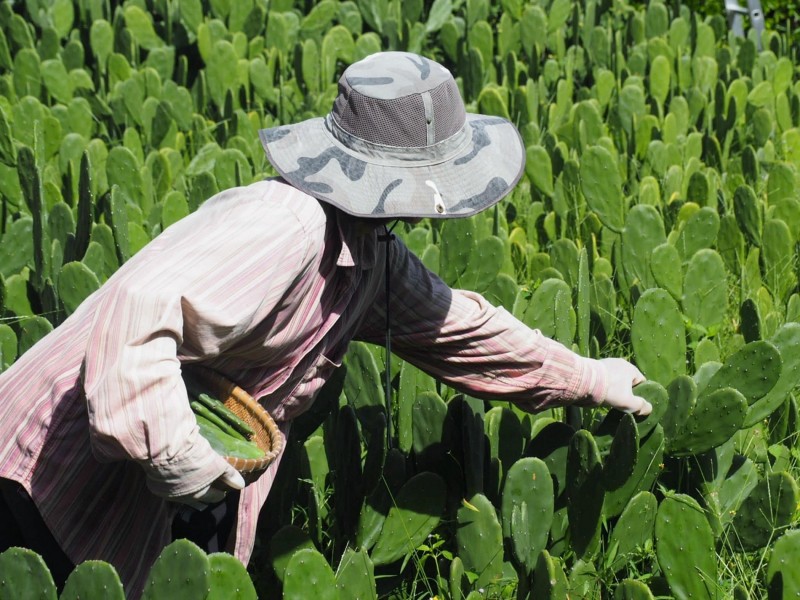
Leaving a $1,000 office job, engineer turns cactus into food and drink
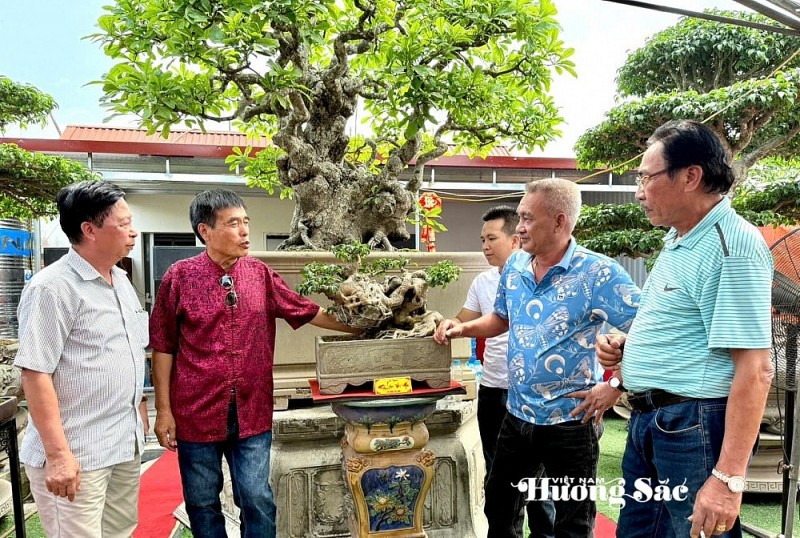
Hoa "Taxi" - A typical bonsai artist in Van Giang District, Hung Yen Province

Look inside the million-dollar jackfruit wood ancient house in Quang Nam Province

Van Phuc Silk Village: Weaving tranquility through memories and colors

Exploring Hat Mon Temple in Hanoi

From the first granule of urea to a national brand: PVFCCo and its mission beyond the continent

STP Group: Nguyen Thi Hai Binh - The pioneer woman bringing the ocean into the circular economy and the journey of "connecting values - connecting the community"

Toward the Celebration of the 63rd Anniversary of Lam Thao Superphosphate Company: From following President Ho Chi Minh’s wish to a national brand

Trailer introducing the special issue of Vietnam huong sac Magazine, published on May 19
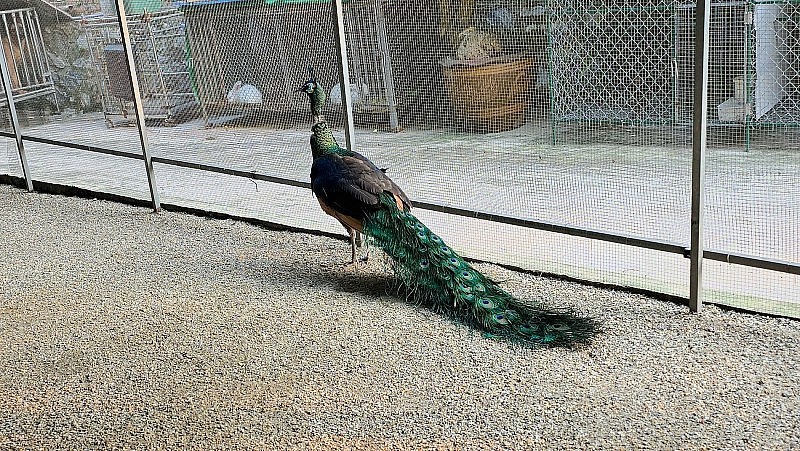
Surprised by rare songbirds at Dung Tan Center in Thai Nguyen Province
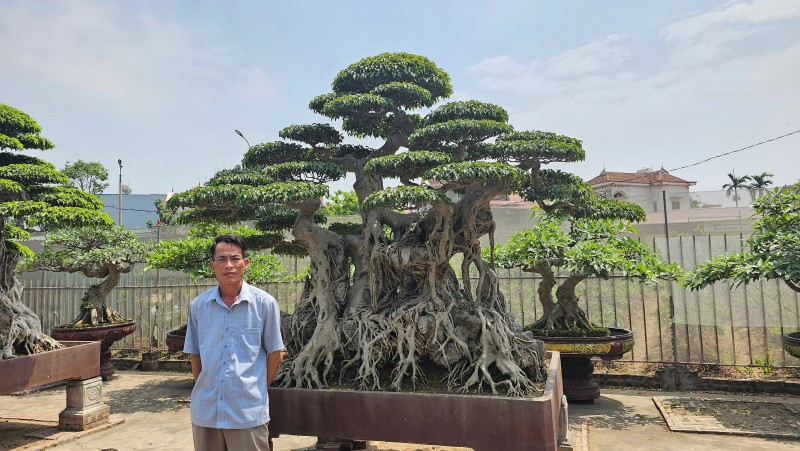
A passionate horticulturist committed to preserving the Sanh Da bonsai lineage in Hưng Yên

Look inside the million-dollar jackfruit wood ancient house in Quang Nam Province
